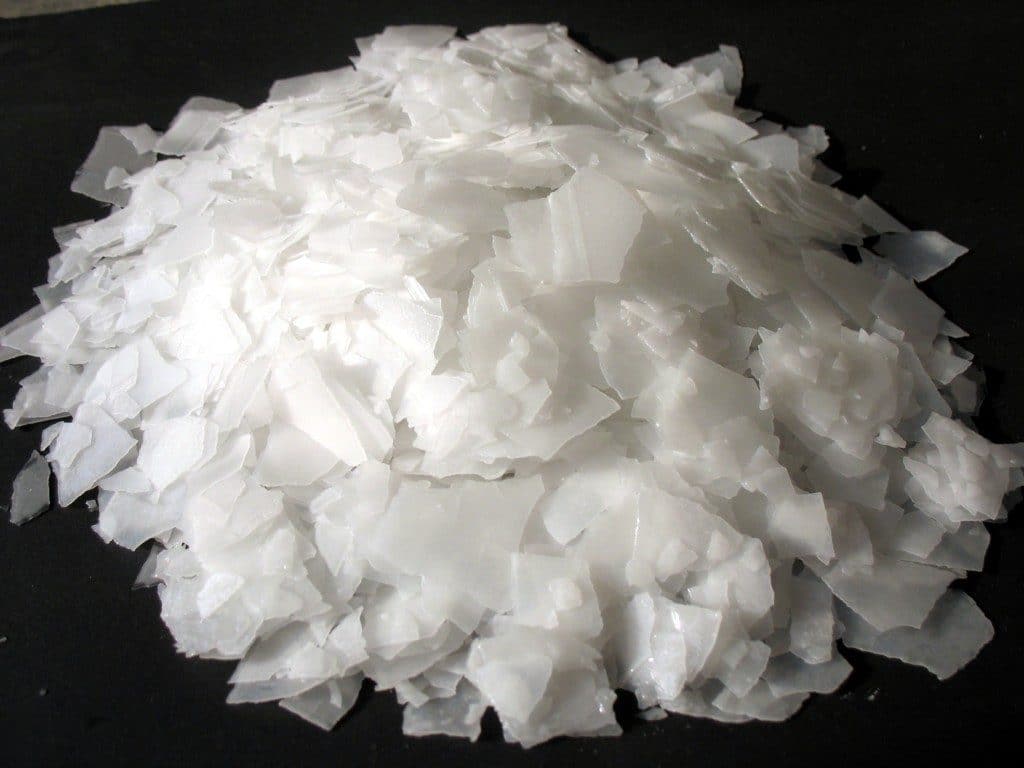
It is a simple mechanism of wastewater treatment that many households have installed. Like the septic system, it has to be regularly cleaned to keep its efficiency at the highest level. There are many septic cleaning products that are out in the market today. Most of them are too overwhelmed with special ingredients that you already overlook anything harmful in them. When you talk about harmful cesspool cleaning, you pertain to the harm that the cleaning product is going to give the bacteria and to the surrounding environment. If the bacteria are harmed, the breakdown of the solid waste materials will not take place effectively. This will lead to the clogging of the cesspool’s walls. The sludge will then drain out into the surrounding soil and untreated wastewater will then flood the surface and possibly backup into your home. You will also experience the foul smells that come from the waste materials that are not decomposed properly because of the low bacteria count. Anti-bacterial cleaning products can also harm the environment because of their harsh components that really affect the surrounding bodies of water and irrigation systems.
One of the cleaning products used today that is deemed very effective is caustic soda. It may sound like a base because of the word “soda” but it is actually a strong, corrosive acid that may inflict a great amount of damage to the entire cesspool system if the person using it doesn’t know what precautions to have.
Yes, caustic soda can harm cesspools if used irresponsibly. An instance of doing this is using the caustic soda in its pure form without even diluting it. You should use water in the cesspool itself in diluting it. Because it is a strong acid, there can be very serious amounts and levels of damage to the cesspool system components. You should really lower its acidity by combining it with water. Even if you already read the instructions and warnings, it would still be a lot better to have a professional apply it for you.
You should not combine caustic soda with other cleaning chemicals because doing so could possibly result in highly toxic fumes and would probably even cause an explosion that could further damage the cesspool components. So do avoid playing mad scientist around caustic soda. Protective gear should always be worn to make sure that the user is safe.
Always remember that even if you dilute caustic soda, you will lower the bacterial population. It is an acid that the bacteria don’t like at all. In just moments, the number of bacteria will radically decline, resulting to an inefficient or incomplete breakdown of waste materials. As a way to correct this, you should buy cultured bacteria and place it into the cesspool. This will definitely make the wastewater treatment in the cesspool complete.
Caustic soda can indeed harm a cesspool, and you, especially if you do not know what you are doing. Have a septic professionals apply it so that you wouldn’t have to suffer the detriment in inhalation and in skin contact.
Remember, stay away from anti-bacterial products. Anti-bacterial products can kill of beneficial bacterial in septic and cesspit systems. By using beneficial bacteria in a cesspool septic tank maintenance treatment environment, you may be able to avoid bio-mat buildup in your system extending the life of the system dramatically over decades.
